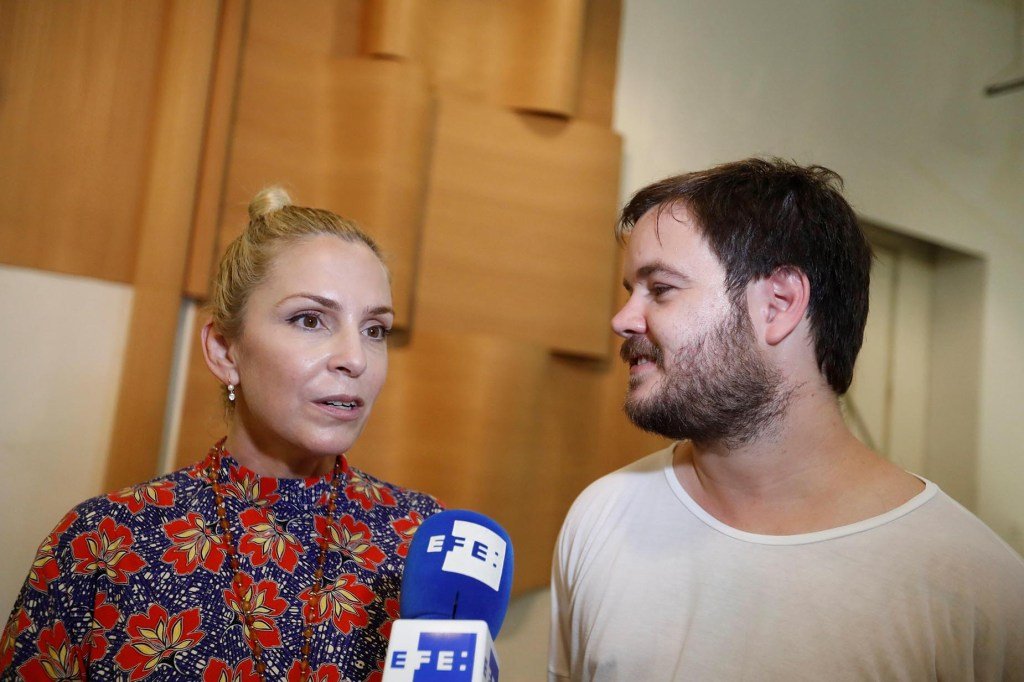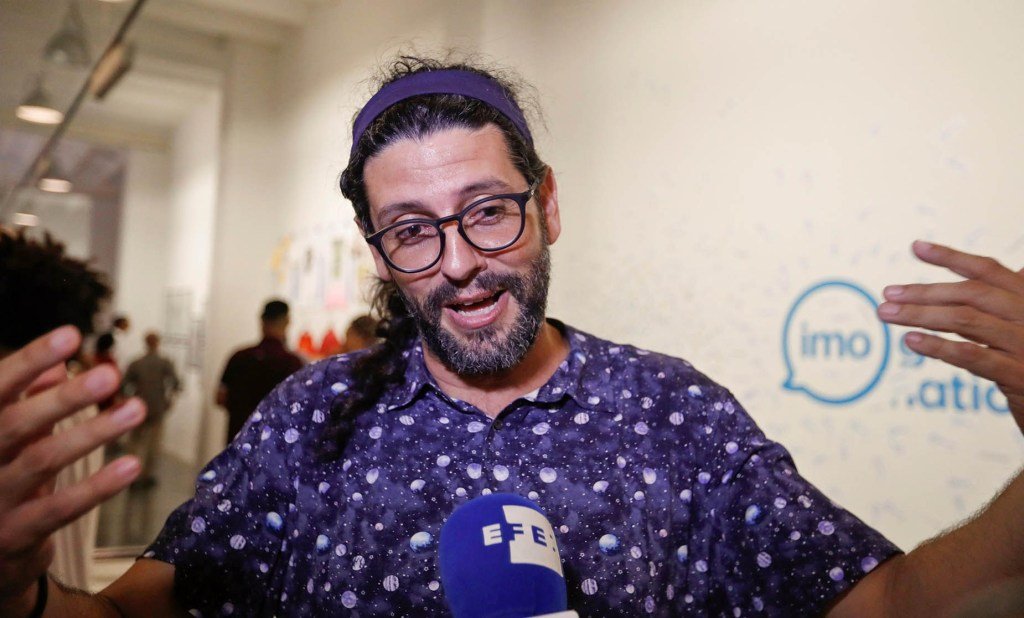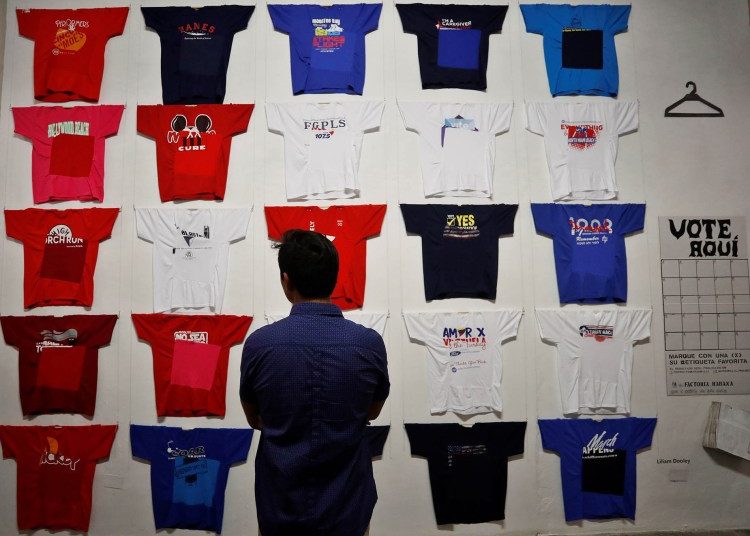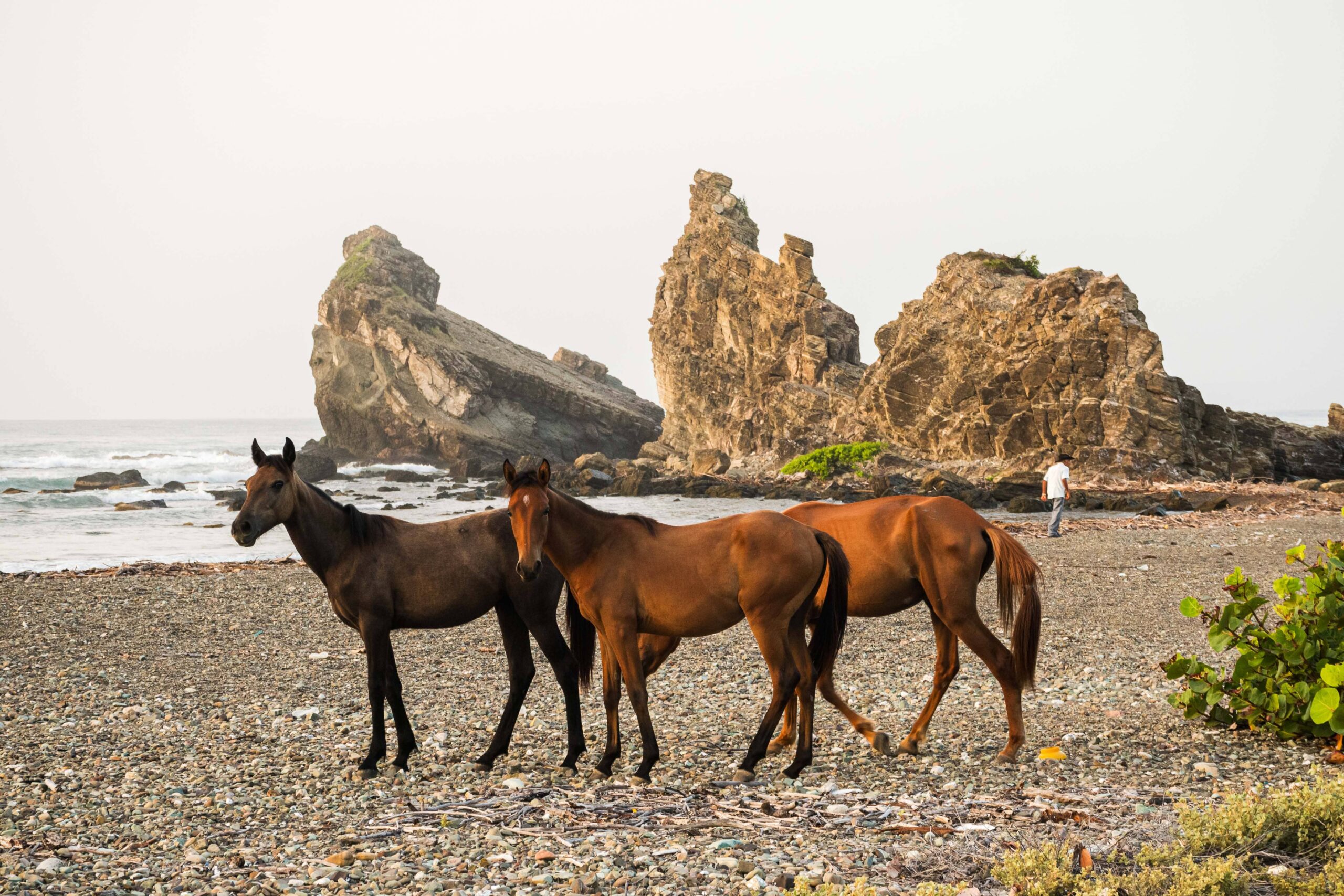A Twitter “wall”, plywood that comes to life as a mural sculpture, clothes made of bicycle flanges and wheels or a Cubanized version of The New Yorker coexist in a collective exhibition in Havana that pays tribute from art and design to the rich Cuban poster tradition.
“Conexiones” (Connections), curated by Spaniard Concha Fontenla and which can be seen starting this week in the Factoría Habana Gallery, is an ambitious project that has brought together 43 contemporary artists and designers in a heterogeneous tribute to Cuban graphics that also serves to eliminate borders between different disciplines.
“Graphic, industrial design, illustration, wardrobe design, installations, all types of artistic manifestations are linked. I have a hard time putting up barriers, because we already put them up in our lives and times,” Fontenla told EFE.

In the three levels of this space in the heart of Old Havana, graphic works, installations, furniture, clothing, sculptures and photography will coexist until January in a risky bet that starts off with a tribute to the “exceptional roots” of graphic design, fruit of the posters of the Cuban Institute of Cinema Arts and Industry (ICAIC).
“All those who came later in graphic design owe much to Antonio Fernández Reboiro, René Azcui, Ñico, Julio Eloy Mesa,” said the expert.
The work of artists like Michele Miyares, who reinterprets the magazine The New Yorker in “The Havaner,” or that of Erik Silva, who in a game of typography, words and geometry recreates the deities (Orishas) of Afro-Cuban Santeria, now take from those impressive posters of Cuban films from the 1960s and 1970s.
Sandra Pérez and Ernesto García go even further with their first collaboration which has taken to the wall, instead of a poster, a sculpture of sinuous and organic forms made by molding plywood and that, according to Fontenla, “makes us think that the mural has not died but can be revitalized, made interior.”
“We found it interesting to create a kind of sculptural tapestry, as an element that is designed to make veneers and that is flat, that suddenly becomes something that has another dimension,” said the artists, who in “Sapeli” wanted to “explore the boundary between the material’s fragility and strength.”

Another of the objectives of the exhibition is precisely based on the exploration of the limits, because according to its curator, “in these meeting territories, in these disciplinary borders there is an enormously creative moment of the current plastic arts.”
Another example of the connections established between the languages is contributed by Arnulfo Espinosa, who instead of a poster has directly intervened a gallery wall with the project “Imogination” (a pun on the Imo application that Cubans use to talk to their relatives abroad).
Stickers with blank labels or “hashtags” invite visitors to build a Twitter “wall” in an ephemeral project that, like the “memes,” makes it possible “to chronicle” the Cuba in which the artist lives, as he commented to EFE.
Espinosa has wanted to give the public “that freedom of expression that people use on the network, to which not everyone has access”―Cuba did not have internet on cell phones until less than a year ago.
The wall was immediately filled with slogans such as “reforms,” “love,” “we are all Cuba” or “conjuncturalynation,” an ironic reference to the energy crisis that the country is going through and that the government says is temporary.

In this context of tightening of belts, this exhibition also sought to “give a little optimism in the sector,” says Concha Fontenla, who opts to have a positive outlook or, think, in good Cuban, that “what happens is for the best.”
Another Cuban premise, that of making the most of things, is illustrated by the wardrobes designed by Sandra de Huelbes, with one of the most striking proposals of the exhibition: suits made with the rubber from bicycle wheels, cables connected by flanges or plastic mesh.
Nor does the burning issue of migration escape from the scrutiny of Cuban art, addressed by Yaimel López based on his own experience in a series of delicate women’s portraits in which different skin colors are outlined on the same red background.
And so, with invisible threads, “all open, all mixed and all free,” the concepts of several very different generations of artists and designers of the island are connected in a project that in itself “is an installation,” adds the curator.














